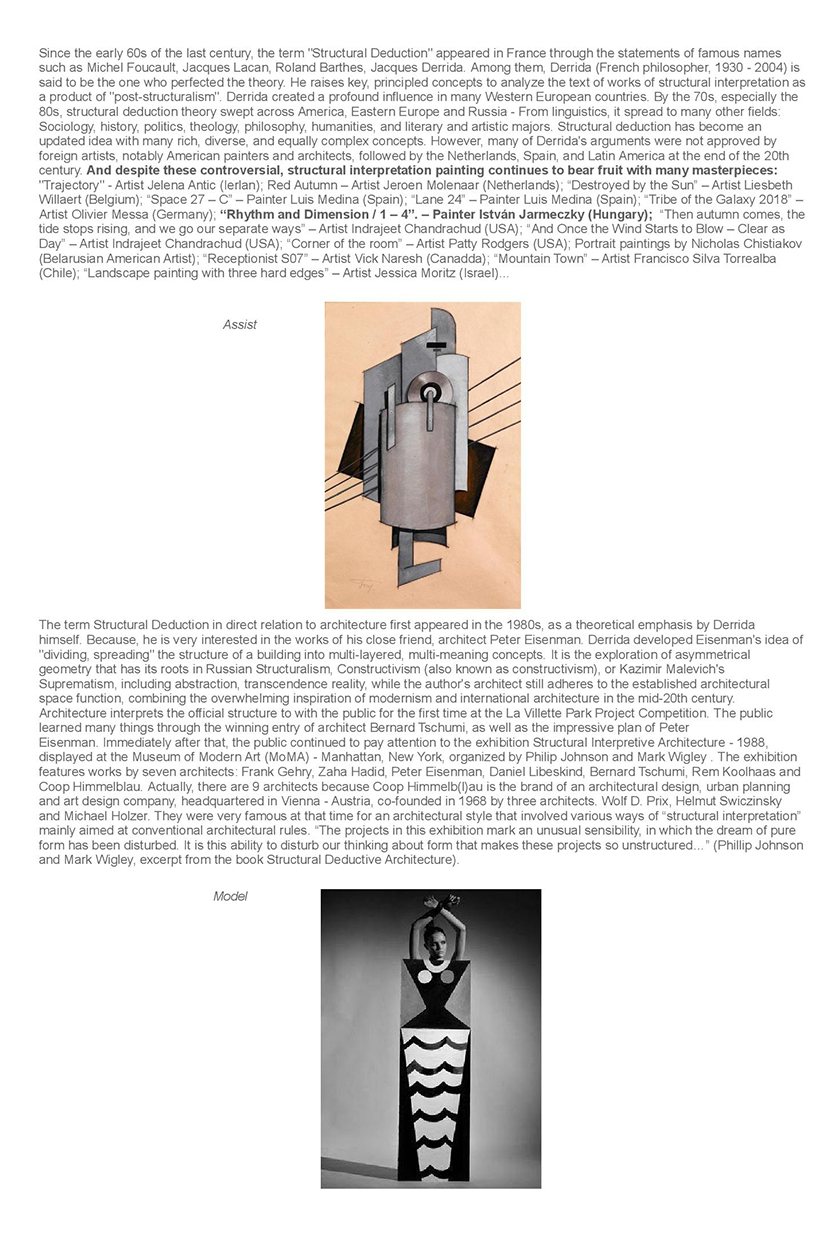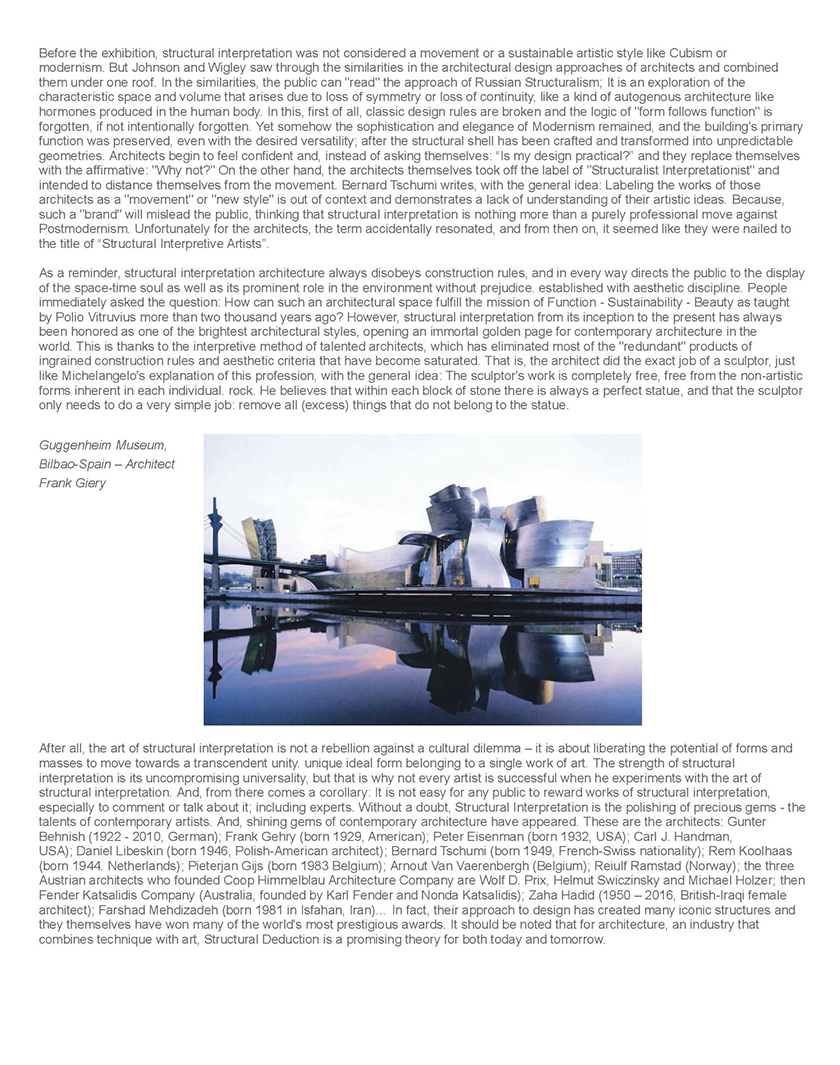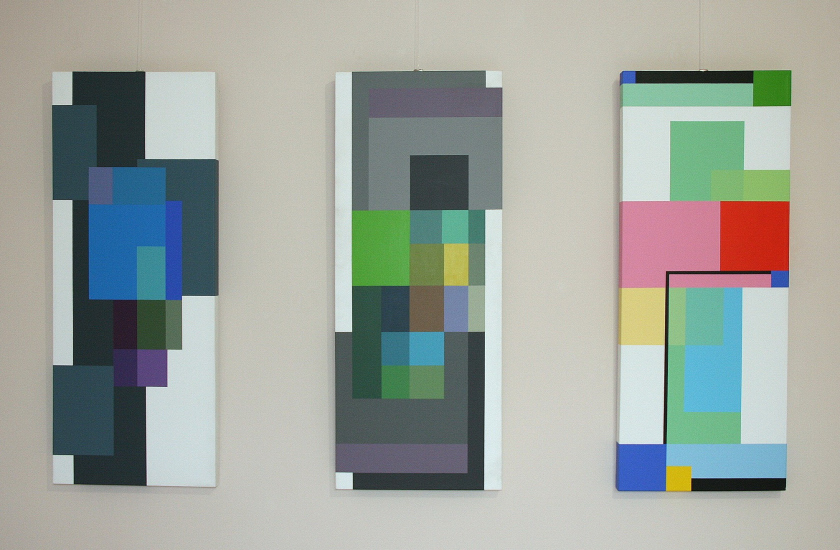About



Living spaces with a geometric approach
Sunday 18th September 2022 12:44 PM..
The painter and graphic artist László Hegyeshalmi, who opened the exhibition, admitted in his speech that it helped him a lot in understanding István Jarmeczky’s pictures and creative behavior, that not long ago he was able to see the artist’s house, which he built together with his wife, and the garden surrounding the house. – Symbolic interpretations of the garden, the garden of Eden, garden of destiny, monastery garden, love garden, pleasure garden, garden of stoic tranquility. Serenity, harmony, calmness, consistent planning, demanding minimalism, emotional constructivism. These are what came to mind when I saw István and Zsuzsa’s garden. Constructive, geometric iconography is the image-making method, and this geometric approach also defines the spaces of the painter István Jarmeczky’s everyday life. Jarmeczky’s pictures are built up by representational systems, representational networks, and representational fabrics. If we see, discover and understand these, then we can read and look at the pictures. Extending the thought, when looking at a visible object, we gain insight into the invisible world. Into the painter’s vision. Nature is a springboard for contemplation, we must be open and attentive. As the greatest master of Balaton, József Egry, put it: “we must turn what we see into an experience, and experiences into a sublime…”
Constructive imagery, discussion, architecture, and art have been with us for more than a hundred years, but if we look at historical perspectives and the so-called classical art, we are talking about thousands of years. In European constructivism, the importance of the Russians, the Dutch, the Swiss, the Germans, the Hungarians, Moholy-Nagy, Kassák, and Vasarely is impressive, and their influence is unavoidable. But what is the question, what is the situation today, more than a hundred years later? What new things can be said, what new forms and approaches can enrich the constructive work of art? The process can be similar to the continuous transformation and renewal of a language. Visible bodies are constantly changing, just as sight and vision are constantly changing. The concept of preserving and developing is general and goes beyond the scope of art. Invention, invention, learning, knowledge, diligence, work, perseverance are absolutely necessary – said László Hegyeshalmi and spoke in detail about the presented pictures. He said that István Jarmeczky’s geometric images perfectly fit the theorem formulated by the great Dutch master, Bob Bonies, that the geometric structure can be perfectly described with horizontal, vertical and diagonal concepts and directions. Jarmeczky’s use of color differs from that of the strict constructivists, who mostly used the basic painting colors of red, blue, and yellow in their works.
Jarmeczky’s picture appears in a very recognizable color scheme and is characterized by emotional constructivism.




